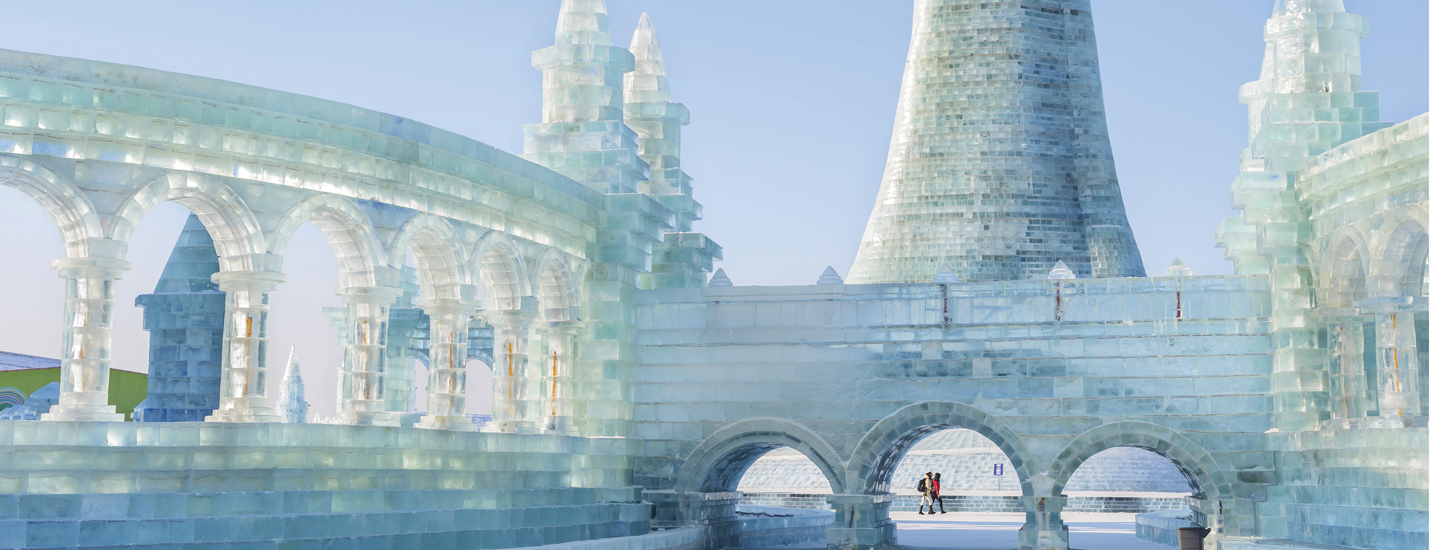Jim McMahon
Juhani Lillberg lives in Finland. This January, he’ll travel nearly 6,500 kilometers (4,000 miles) to Harbin, a city in northeast China. Harbin is one of the coldest cities in the world. Temperatures drop to -23°C (-10°F) in winter. But the city has a unique draw: a festival of giant sculptures made entirely of snow and ice.
The Harbin International Ice and Snow Sculpture Festival has been held every winter since 1963. Every year, up to 15 million tourists brave bone-chilling temperatures to attend. Lillberg helps judge the art.
Juhani Lillberg lives in Finland. He’ll travel nearly 6,500 kilometers (4,000 miles) this January. He’s going to Harbin. It’s a city in northeast China. Harbin is one of the coldest cities in the world. Temperatures drop to -23°C (-10°F) in winter. But the city has a special draw. It hosts a festival of giant sculptures. They’re made of snow and ice.
The event is the Harbin International Ice and Snow Sculpture Festival. It’s been held every winter since 1963. Up to 15 million tourists come every year. They must brave freezing weather. Lillberg helps judge the art.

